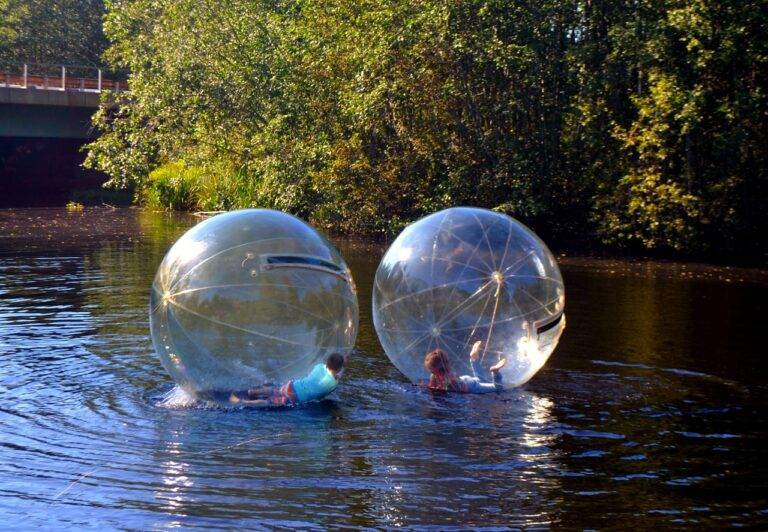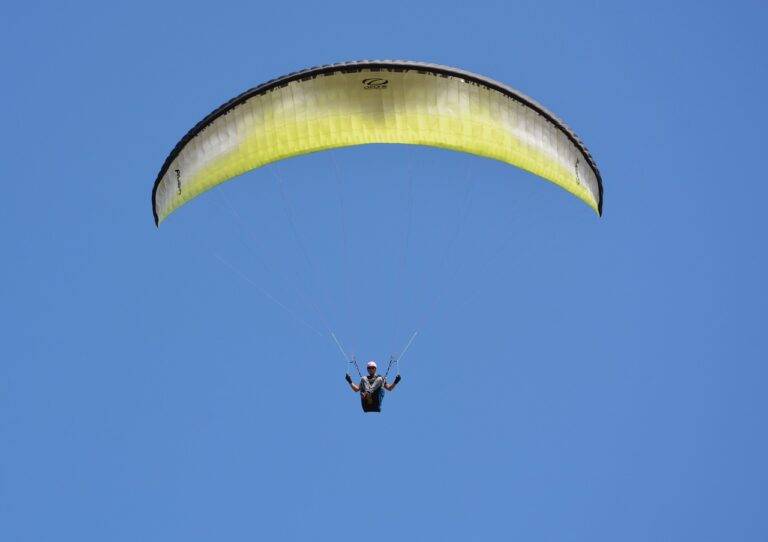Review: Breakthroughs in Virtual Reality Rehabilitation for Stroke Patients
Virtual reality rehabilitation has emerged as a groundbreaking approach in the treatment of stroke patients. By incorporating immersive technology, therapists can create custom exercises tailored to individual needs, fostering a more engaging and interactive rehabilitation process. This innovative method allows patients to practice real-life scenarios in a safe virtual environment, promoting motor skills recovery and enhancing overall functional abilities.
Moreover, virtual reality rehabilitation offers real-time feedback and performance monitoring, enabling healthcare professionals to track progress more effectively. This data-driven approach not only enhances treatment precision but also motivates patients through measurable improvement markers. The immersive experience provided by virtual reality not only aids in physical recovery but also contributes to emotional well-being by reducing feelings of frustration and isolation commonly experienced during traditional rehabilitation.
Current Challenges in Stroke Rehabilitation
Stroke rehabilitation faces various challenges that can hinder the recovery process for patients. One of the main obstacles is the limited accessibility to specialized therapy programs, especially in rural areas or low-income communities. This lack of access can result in delayed or inadequate care, impacting the overall outcomes for stroke survivors.
Another significant challenge is the variability in the quality of rehabilitation services across different healthcare settings. Inconsistencies in the level of expertise among healthcare professionals and the availability of resources can lead to disparities in the quality of care received by stroke patients. This inconsistency highlights the importance of standardizing stroke rehabilitation protocols to ensure that all individuals receive optimal treatment regardless of their location or healthcare provider.
What are some of the current challenges in stroke rehabilitation?
Some of the current challenges in stroke rehabilitation include limited access to specialized care, lack of standardization in treatment protocols, and difficulty in maintaining patient motivation for long-term rehabilitation.
How can virtual reality be used in stroke rehabilitation?
Virtual reality can be used in stroke rehabilitation to provide engaging and interactive exercises that can improve motor function, balance, and cognitive abilities in patients. It can also help in increasing patient motivation and adherence to therapy.
Are there any recent breakthroughs in virtual reality rehabilitation for stroke patients?
Yes, there have been recent breakthroughs in virtual reality rehabilitation for stroke patients, with the development of more immersive and customized VR programs that can target specific areas of impairment and adapt to the patient’s progress. These advancements have shown promising results in improving outcomes for stroke survivors.
What can be done to address the challenges in stroke rehabilitation?
To address the challenges in stroke rehabilitation, efforts should be made to increase access to specialized care, promote standardized treatment protocols, and utilize innovative technologies such as virtual reality to enhance the effectiveness of rehabilitation programs. Additionally, ongoing education and support for both patients and caregivers are essential in ensuring successful outcomes in stroke recovery.





